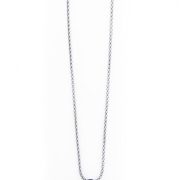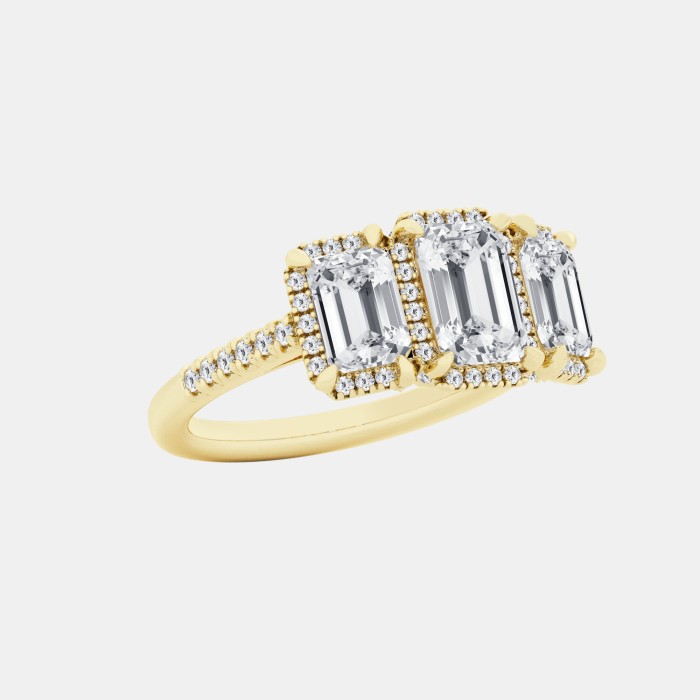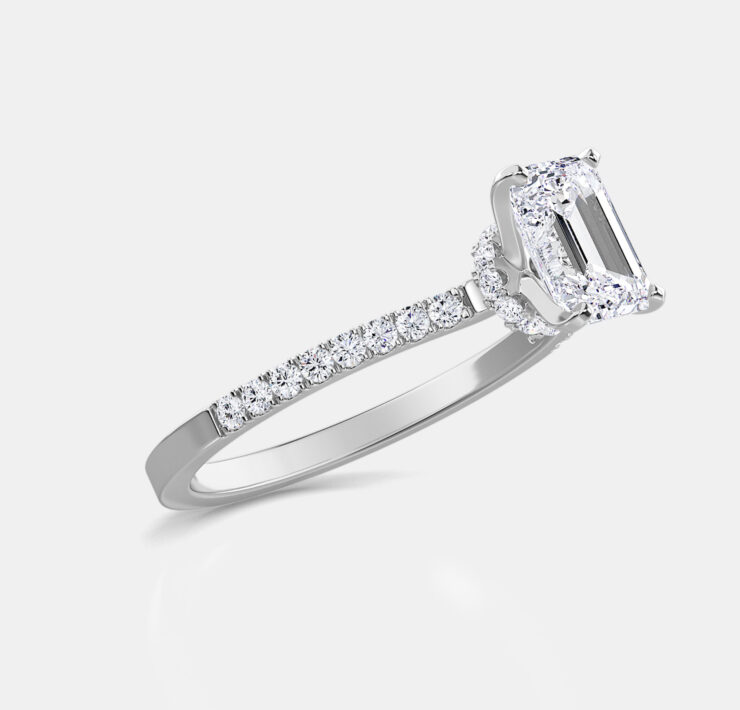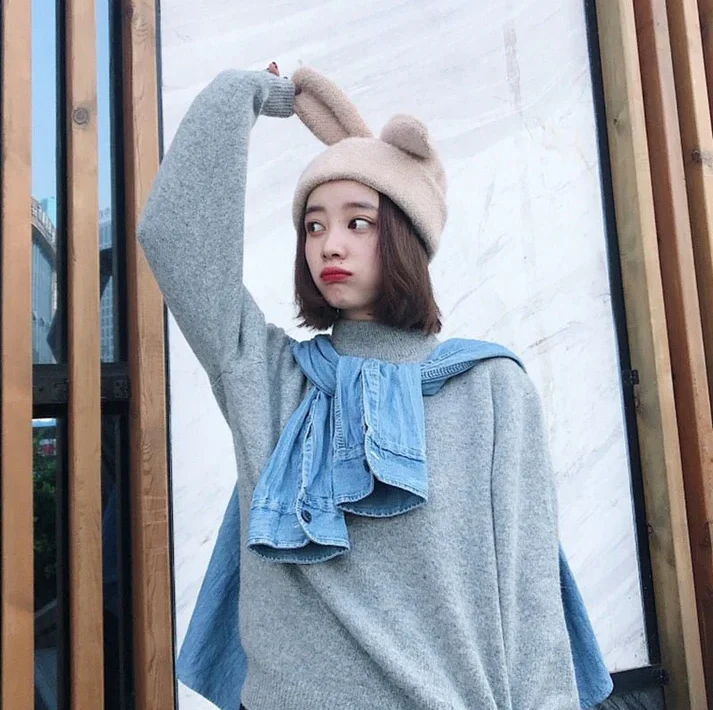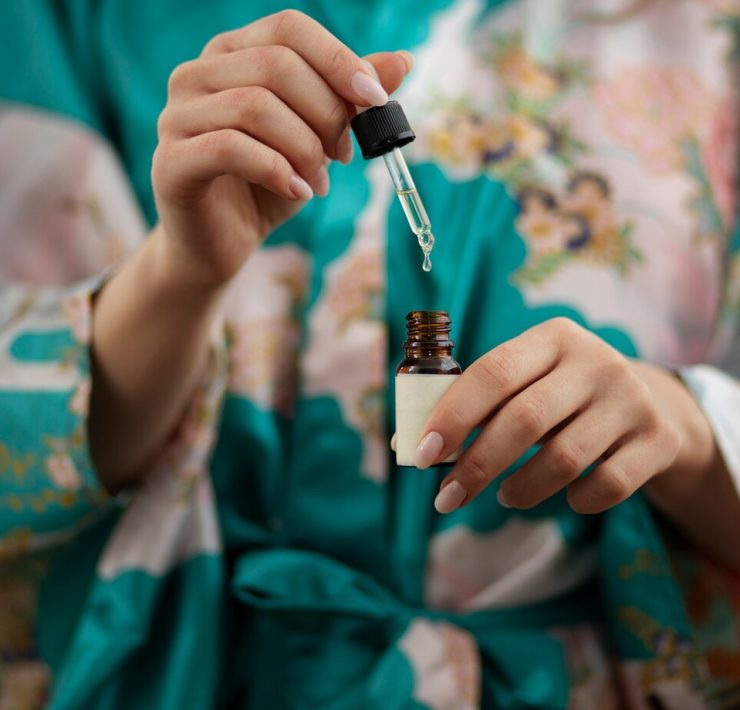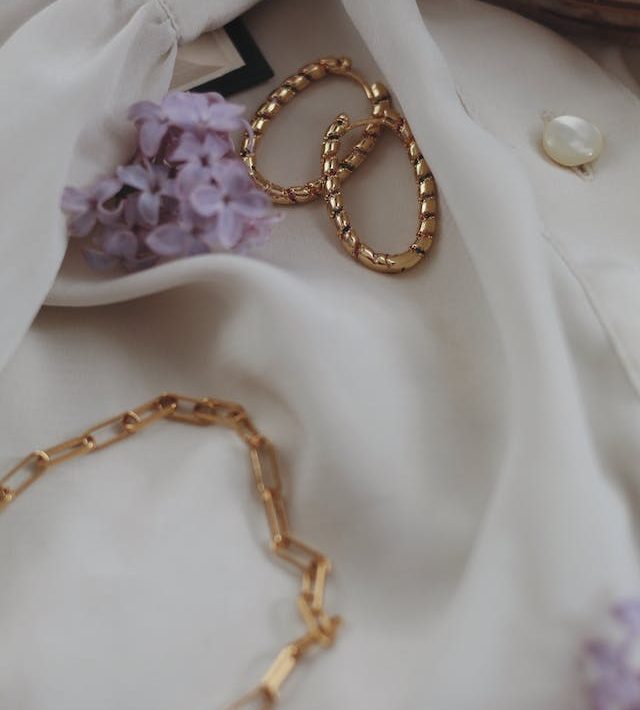Demon in Japanese Folklore: Origins, Beliefs, and Representation in Modern Times
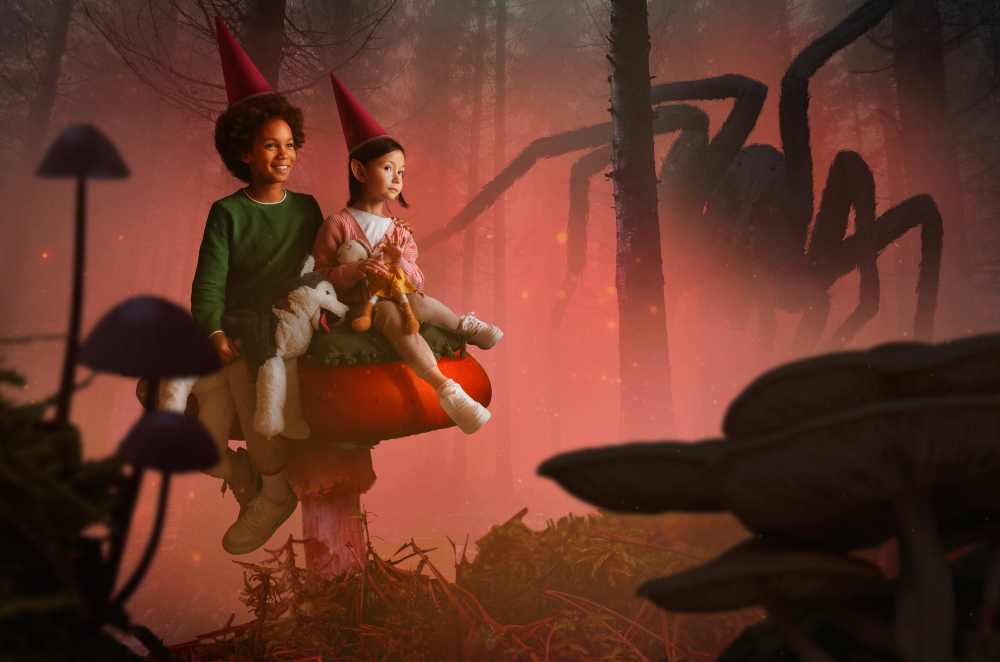
Japanese folklore is rich in stories of spirits, gods, and demons. Among the most famous creatures in Japanese folklore are demons or “Oni,” which are popularized in modern media such as anime, manga, and video games. These supernatural beings are known for their fierce appearance, strength, and malevolence. In this article, we will delve into the history, beliefs, and cultural significance of demon in Japanese folklore nyt, and explore how they are represented in modern times.
Origins and Beliefs
According to Japanese mythology, demons or Oni are born from the souls of wicked humans who have died and entered hell. They are said to be strong and fearsome creatures with horns, sharp teeth, and wild hair, and their skin is usually depicted as being red or blue. They are also said to have an insatiable appetite for human flesh and blood.
In traditional Japanese folklore, demon in Japanese folklore nyt were feared and seen as malevolent beings that caused harm and chaos. They were often depicted as antagonists in folktales, such as the story of Momotaro, a hero who fought against a group of demon in Japanese folklore nyt terrorizing a village. In some regions of Japan, people even believed that demons caused natural disasters such as earthquakes, floods, and storms.
Despite their evil reputation, demons in Japanese folklore also have positive traits. They are sometimes depicted as protectors of Buddhist temples and shrines, guarding them from evil spirits and malevolent forces. Some Oni are also believed to possess healing powers and can ward off illness and disease.
Depictions in Art and Culture
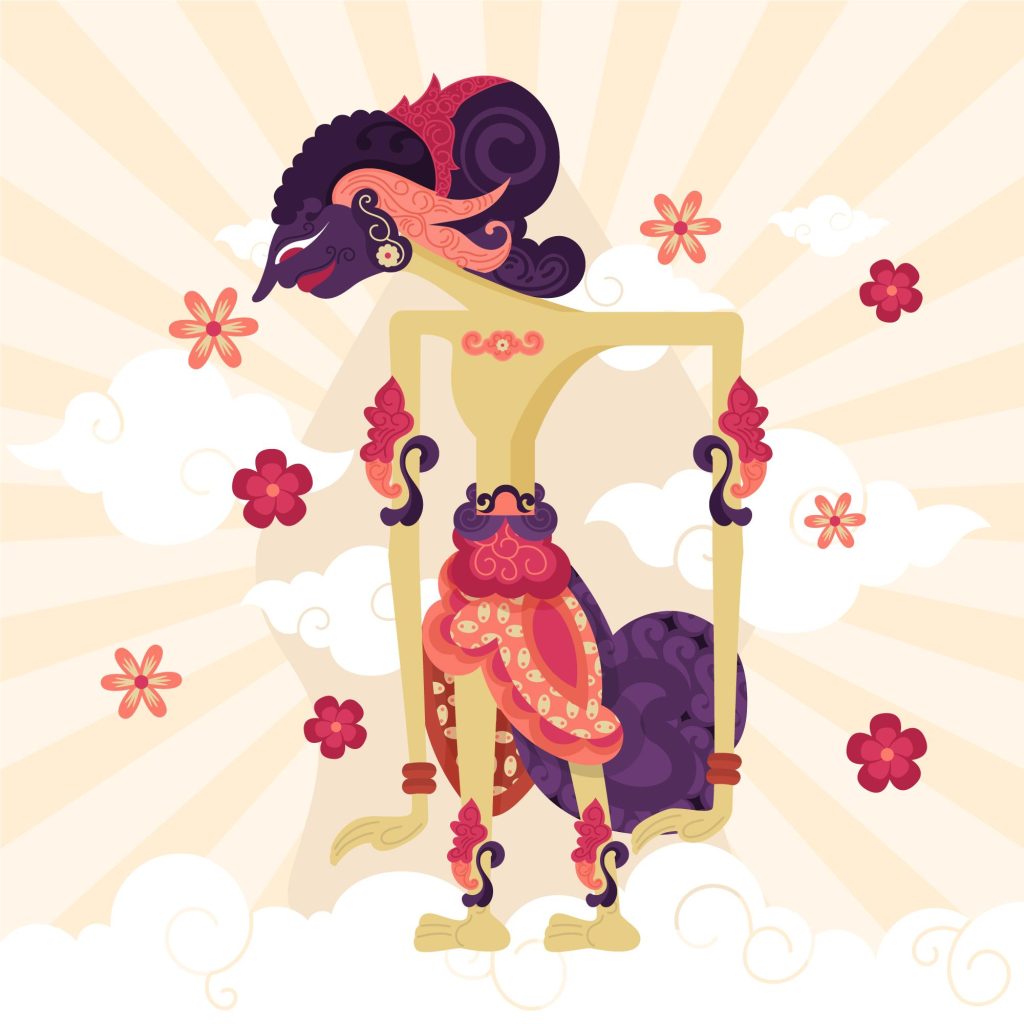
The image of demon in Japanese folklore nyt has been popularized in various forms of art and culture, such as ukiyo-e prints, kabuki theater, and modern media. In traditional art, Oni are often depicted as fierce warriors, wearing armor and wielding weapons such as clubs and iron staves. They are also shown as being playful and mischievous, often playing pranks on humans.
In modern media, demon in Japanese folklore nyt are often portrayed as powerful and enigmatic characters. They are popularized in anime, manga, and video games, where they are often depicted as antiheroes or protagonists. One of the most famous representations of Oni in modern times is the character Akuma from the Street Fighter video game series, who is a popular icon in Japanese pop culture.
Cultural Significance
Demons in Japanese folklore have significant cultural and religious importance. They are often used as symbols of strength, courage, and resilience in Japanese culture. Oni masks are commonly used in festivals and celebrations, such as the Setsubun festival, where people throw beans to drive away evil spirits and invite good luck for the new year.
In addition, demons are also used as symbols in Buddhist teachings. In Japanese Buddhism, Oni are often depicted as beings that humans must overcome to attain enlightenment. They represent the inner demon in Japanese folklore nyt and negative emotions that people must conquer to achieve inner peace and harmony.
Conclusion
Demons or Oni in Japanese folklore are fascinating creatures that have captured the imagination of people for centuries. Their representation in traditional art, modern media, and cultural events shows how deeply rooted they are in Japanese culture and beliefs. Despite their malevolent reputation, demon in Japanese folklore nyt also have positive traits and cultural significance, serving as symbols of strength, courage, and spiritual growth.

